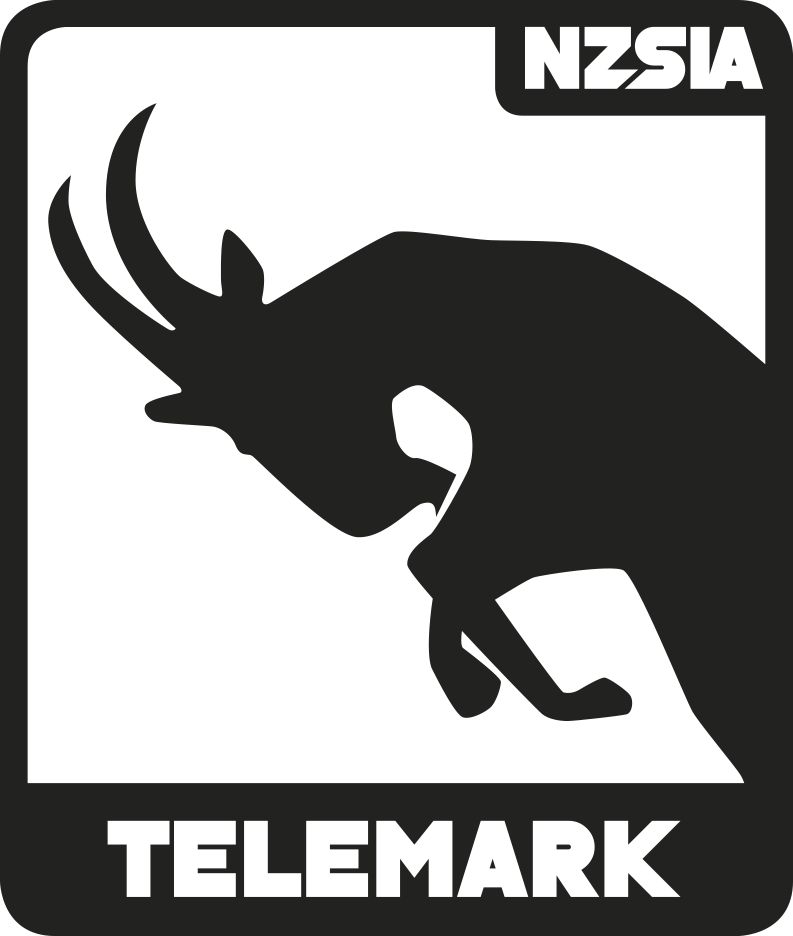Telemark skiing combines the grace of free-heel movement with the challenge of dynamic terrain. For beginners, the journey starts with learning the equipment, developing a balanced stance, and understanding how to move efficiently on flat terrain. Whether transitioning from alpine or starting from scratch, all new telemark skiers need time to adjust to the unique feel of free-heel bindings and flexible boots. Early lessons focus on mobility, balance, and stance—foundational elements that set the stage for smooth, controlled skiing. An engaging, progressive approach builds confidence while introducing the fundamental movements that underpin telemark technique.
 Beginner Telemark Linked Turns
Beginner Telemark Linked Turns
 What, Why, How
What, Why, How
What
This exercise involves steering the skis in the desired direction until they move across the slope. Before slowing down too much, the skier performs a lead change and steers their legs into the next turn. The skis will skid with slight edge engagement during the completion phase. The goal is to develop rhythm and coordination while using previously learned movements.
Why
- Builds rhythm and flow between turns.
- Reinforces steering, edge control, and movement coordination.
- Allows for speed regulation on gentle terrain.
How
- Begin on a gentle slope with space for manoeuvring.
- Initiate a J-turn, ensuring skis move across the slope.
- Before slowing down too much, perform a lead change.
- Steer the skis into the next turn while maintaining smooth transitions.
- Encourage self-discovery before providing guidance.


When
Once the student can execute a gliding lead change and blend previous movements fluidly.
Where
- An easy green learner’s slope with ample space.
- Usually practiced in the ‘Carpet’ learner area.

Hot Tip
- If a student is overturning and ends up facing uphill, it may be due to excessive steering combined and because of the needed pressure on the inside ski. This can be both intimidating and challenging to recover from. Remind them of the diagonal body position, keeping the upper body stable while creating resistance against the turning legs. —similar to opening a pickle jar. While the main movement comes from twisting the jar (the legs), keeping the lid still or even applying slight counter-rotation (the upper body) creates a controlled and effective twist.
- If a student is losing too much speed at the end of the turn, encourage them to open up their turns. Maintaining momentum is key for linking J-turns, which many students find difficult. Explain the importance of carrying some speed and use a drawing in the snow to illustrate how a more open turn shape helps maintain flow.

